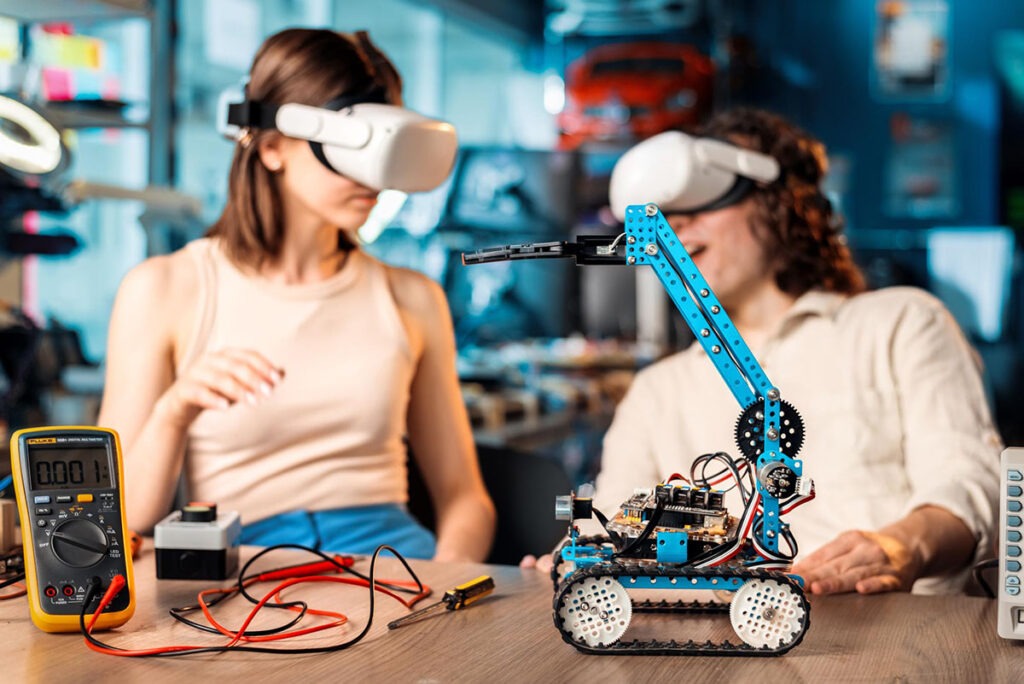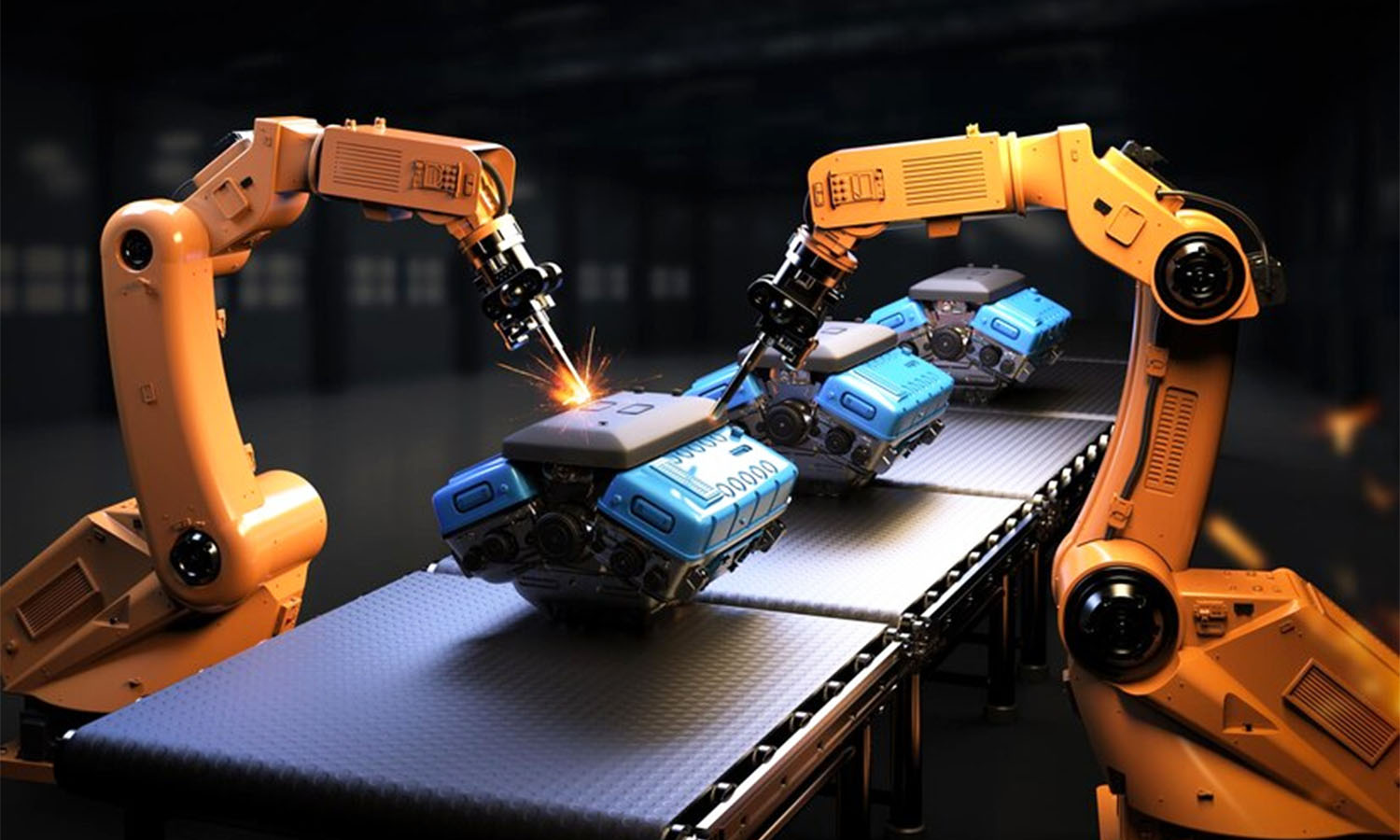In the world of engineering, innovation is the driving force behind technological advancements. Some patents have quietly shaped industries, while others have become key turning points in how we understand and approach engineering challenges. One such patent is US1338343A—an invention that not only solved a pressing issue but also revolutionized the way engineers approach specific problems. In this article, we’ll explore the significance of US1338343A, its core innovation, and its enduring impact on the field of engineering.
What is US1338343A?
US1338343A represents a patent granted for an engineering solution that addresses a particular problem within its time. While many patents can be technical and dry, this particular patent is a fascinating example of how a single innovation can change an entire process or methodology. At its core, the invention found a way to optimize and improve an existing system, making it more efficient, effective, and accessible for engineers and manufacturers alike.
The Problem It Solved
Inventions like US1338343A often arise from the need to address a specific challenge faced by engineers. This patent, rather than introducing a completely new concept, built upon existing technologies to offer a more efficient solution to a common issue. By doing so, it streamlined workflows, reduced waste, and enhanced the overall performance of systems within the industry.
What’s particularly remarkable about this invention is that it did not attempt to reinvent the wheel. Instead, it focused on improving what was already in use, demonstrating that some of the most impactful innovations come from refining existing concepts.
A Game-Changing Innovation

The brilliance of US1338343A lies not only in the technical solution it provided but also in its simplicity and effectiveness. Many revolutionary inventions tend to be complex, introducing new technologies and materials that weren’t available before. In contrast, the core innovation in US1338343A enhanced an existing framework, providing a solution that could be readily adopted and applied across various industries.
The inventiveness behind this patent is a reminder that sometimes the best ideas are the simplest. By addressing a need with a straightforward, efficient solution, the inventor helped engineers solve a longstanding problem in a cost-effective manner.
How US1338343A Impacted the Engineering World
While patents protect intellectual property, they also serve as a foundation for future innovations. US1338343A was no exception—it did not just provide an isolated solution to a single problem, but rather laid the groundwork for a series of improvements and new developments in engineering.
The simplicity and practicality of this invention meant that it had wide-reaching applications. Engineers and manufacturers quickly adopted the principles outlined in US1338343A, integrating them into their own workflows and processes. Over time, the solutions it proposed became embedded in the way things were done, influencing not only the specific industry it was intended for but also other related fields.
Real-World Applications and Industry Adoption
The true measure of any invention lies in its real-world applications. US1338343A’s ability to be implemented practically made it a valuable asset for engineers working in various sectors. Whether it was optimizing production processes, improving mechanical designs, or increasing operational efficiency, this invention provided tangible, actionable benefits.
For example, if the invention addressed a manufacturing process, it likely helped companies improve their bottom lines by reducing material waste, increasing output, or improving product quality. As industries began to see the value of US1338343A, it found its way into factories, design workshops, and engineering teams worldwide, improving efficiency and contributing to technological progress across multiple fields.
A Legacy of Innovation
What makes US1338343A truly remarkable is how its impact extended far beyond the initial problem it solved. As engineers began to adopt its principles, they were inspired to apply the same innovative thinking to other challenges they faced. The core ideas of US1338343A influenced future innovations, leading to a ripple effect that helped shape the direction of engineering advancements for years to come.
The Importance of Patents in Engineering Progress
Patents play an essential role in the world of engineering, ensuring that innovators can protect their ideas while also contributing to the advancement of their respective industries. US1338343A serves as an example of how patents not only safeguard intellectual property but also promote knowledge sharing and collaboration. Here are some reasons why patents like US1338343A are crucial for engineering progress:
Encouraging Creative Solutions
One of the main benefits of patents is that they encourage creativity. When inventors secure patents, they are given the freedom to explore new ideas without the fear of their work being copied. This protection gives inventors the space to refine their solutions and make meaningful contributions to their fields. US1338343A is a prime example of how a single idea, protected by a patent, can lead to widespread change and inspire future developments.
Fueling Technological Advancements
By providing a legal framework for protecting new ideas, patents encourage inventors to share their innovations with the world. US1338343A is a perfect example of how one solution can drive technological advancements in multiple sectors. The patent not only solved a problem but also opened the door for engineers to continue refining and building upon the original concept.
Preserving Knowledge for Future Generations
Patents also help preserve knowledge for future generations. As the details of inventions are made publicly available, they serve as a resource for engineers and researchers who can study past breakthroughs to inspire new ideas. US1338343A’s documentation has allowed modern engineers to learn from its design and apply similar principles to contemporary challenges.
Fostering Healthy Competition
Competition is a driving force in innovation. When one engineer or company secures a patent for an idea, others are motivated to improve upon it or develop alternative solutions. This healthy competition leads to continuous improvement in technologies and methodologies. US1338343A’s success encouraged others to create even more efficient solutions, furthering the evolution of the engineering field.
Key Takeaways from US1338343A for Today’s Engineers
The legacy of US1338343A offers valuable lessons for modern engineers. Here are some key takeaways that can inspire today’s innovators:
Small Improvements Can Lead to Big Changes
US1338343A teaches us that innovation doesn’t always have to be radical or groundbreaking. Sometimes, the most impactful solutions come from small improvements to existing systems. Engineers today can learn from this approach, focusing on refining and optimizing processes to achieve greater efficiency.
Problem-Solving Should Be at the Core of Innovation
Like many successful inventions, US1338343A was driven by a desire to solve a practical problem. Engineers should always keep problem-solving at the core of their work, looking for ways to address real-world challenges through creative and effective solutions.
The Power of Clear Documentation
A well-documented invention ensures that others can understand and apply its principles. US1338343A’s clear and detailed patent documentation made it possible for engineers to learn from it and incorporate its ideas into their own work. Today’s engineers should follow suit by documenting their own innovations thoroughly.
Innovation Is a Collaborative Effort
While US1338343A was the result of an individual inventor’s work, its success was made possible by collaboration within the engineering community. Engineers today should embrace collaboration, learning from others and sharing their knowledge to collectively advance the field.
Conclusion
US1338343A is more than just a patent—it is a testament to the power of innovation in solving real-world problems. By improving existing technologies and processes, this invention played a key role in shaping the future of engineering. Its simplicity, effectiveness, and wide-reaching applications make it a prime example of how one idea can change the way we think about technology and its potential.
In a world where technology is constantly evolving, the legacy of US1338343A reminds us that innovation is not about reinventing the wheel but about finding better ways to make it turn.
FAQs
What is US1338343A?
- US1338343A is a patent for an engineering invention that addresses a specific challenge by improving an existing technology, making it more efficient and effective.
What problem did US1338343A solve?
- The invention solved a technical issue related to optimizing an existing system or process, making it more streamlined and accessible for engineers.
How did US1338343A impact engineering?
- The invention had far-reaching applications in various industries, helping engineers improve efficiency, reduce waste, and enhance overall performance.
Why are patents like US1338343A important?
- Patents encourage innovation, preserve knowledge, and promote technological advancements by providing inventors with the protection and incentive to share their ideas.
How does US1338343A influence modern engineering?
- The principles of US1338343A continue to inspire contemporary engineers, demonstrating that improving existing technologies is just as valuable as introducing entirely new ones.
Related: The Ultimate Guide to 127.0.0.1:62893: Features and Functionalities
Stay connected for the latest news and updates on Luxe Pioneer
